At a care center in Bogotá, several older children who have chosen to be adopted share what it means to them to have a family — and what they would like to tell people who are considering adopting an older child.
Lina is 14. She lives in Colombia, in a care center for older children who have lost or become permanently separated from their families. For a long time, she dreamed of having a family. But as time went by, her dreams began to fade.
“I thought I was going to be adopted. But the time went by, and then, my hopes just went away,” she says, her eyes watery and her voice soft. She is pretty, with gentle, dark eyes, a sweet, warm smile and long straight brown hair. She wears a T-shirt that says, in large block letters, “Brave Gals Also Cry.”
It’s a rainy day in late February when we visit Lina’s care center in Bogotá. The children who live here are all in protective custody. The youngest children are 11, and the oldest are Lina’s age — 14. These children have experienced some of the worst things that kids can experience. Some are in care because their parents couldn’t afford to care for them.
“But most kids, it’s neglect — that’s the biggest reason,” explains Kim Dowd-Uribe, Holt’s director of adoption services for Colombia. “They’re found on the streets, mom’s in prostitution, dad’s in prison, mental illness, drugs.” Some kids have endured sexual, physical or psychological abuse. Some of their parents died young. All have experienced unspeakable trauma.
These children have experienced some of the worst things that kids can experience. Some are in care because their parents couldn’t afford to care for them. “But most kids, it’s neglect — that’s the biggest reason,” explains Kim Dowd-Uribe, Holt’s director of adoption services for Colombia. All have experienced unspeakable trauma.
But Kim always tells prospective parents not to focus on their backstory.
“One of the things I know is that when you look at the child material, it’s scary,” she says. “But then you meet the kids.”
Lina’s care center is a stone block building on a residential side street in downtown Bogotá. Called Casa Imagina, Lina’s home provides a more familial group home environment than a traditional orphanage, with separate rooms for the girls and boys similar to a college dorm. It’s quiet on the street outside, but inside, the front hall sounds like a school with laughter and chatter and joyful noises. The kids greet us with warm, shy, hopeful smiles. They know who we are and why we’re here, and have prepared a dance performance to welcome us.
We sit down on the bleachers, and a group of kids crowd in around us. Lina sits down beside me and looks at me with big curious eyes, smiling. She reminds me of my niece, who is the same age.
She asks if I know any Spanish. “Un poquito,” I say — “a little.”
She asks where I live and if I’m interested in adopting, which Ana Maria Fernandez, our local director, translates for me.
I tell her I live in Oregon, and someday, yes, I would like to adopt, I tell her.
“Cuantos años?” she asks
Misunderstanding, I figure out how to say “38” in Spanish, which makes her eyes grow wide with confusion.
Ana Maria laughs. She wants to know how old of a child you’d be open to adopting, Ana Maria says, not how old you are.
Lina tells me she has a family. They live in Oklahoma, and she wants to know what it’s like.
I tell her I’ve never been to Oklahoma, but I hear it’s pretty. She smiles.
It’s true — Lina does have a family in the U.S., and so do all of the kids in care at Casa Imagina.
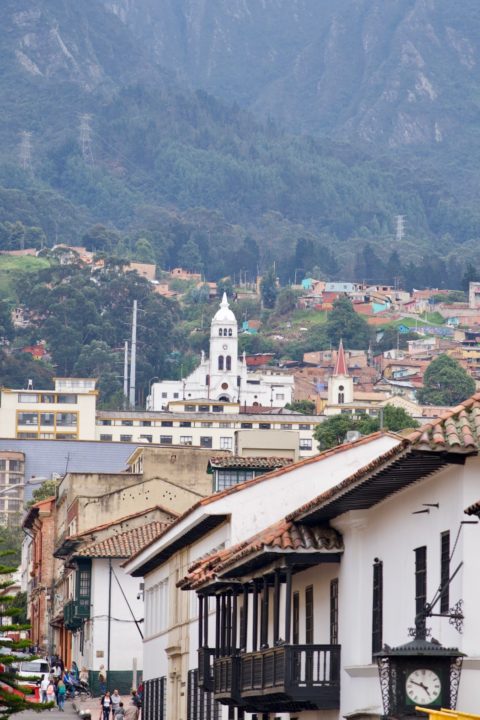
Once matched with an adoptive family, older children move from their foster homes or group homes to stay at Casa Imagina while their legal process completes. They may stay anywhere from 3 to 10 months, during which time they learn English, study American culture, receive emotional and psychological counseling and support, and prepare to join an adoptive family. Recently, Holt donors helped renovate Casa Imagina, and many help cover the cost of healthcare, education and meals for the children in care.
Casa Imagina can house 28 kids at a time, and there’s never an open spot. “There’s SO many older kids, it’s sad,” says Kim, referring to the number of older children in Colombia who are waiting for adoptive families. The reasons are complex, and rooted in Colombia’s brutal, five decades-long war between various drug cartels, guerrilla groups and authoritarian leaders. But the outcome is the same — hundreds of older kids growing up without parents, many on the streets, many of them with younger siblings.
Through advocacy efforts, the 28 kids we see at Casa Imagina all have adoptive families waiting to take them home. Just last month, Lina also found out that a family wanted to adopt her.
“In January, they told me I had a family! I was so happy, I cried. And I thanked God. Because that’s what I really wanted — to have a family that understood me.”
Lina, age 14
“In January, they told me I had a family!” she tells us, the tears still in her eyes from sharing how she had given up hope of ever having one. “I was so happy, I cried. And I thanked God. Because that’s what I really wanted — to have a family that understood me.”
“What is the most important thing about having a family?” we ask her.
“In hard times, they will be able to help me,” she says. “They will be there in every moment. They will value me as their daughter. They will respect me. I always wanted a family who will love me.”
Lina has us all in tears as she talks. Her heartfelt sincerity and depth of understanding about adoption and loss are unusual, even among kids her age. But all of the children we meet at Casa Imagina know their circumstances, and have watched younger kids join families while they stayed behind. They are smart and savvy and reflective and profoundly insightful. They follow their process closely, and know the mile markers that will lead to the day they can finally go home.
“I have never seen such experts in I-800s,” Ana Maria jokes when kids ask her whether their I-800, a step in the legal adoption process, is approved.
These kids have also experienced so many disappointments in their lives that they have learned to not get too excited or hopeful.
Julian is also 14. He is one of Ana Maria’s favorites, and he’s warm and friendly in a polite and respectful way. He’s very mature for his age. When we ask him how he felt when he found out he had a family, he says, “Joy. I couldn’t believe it. I said, ‘Aye, no.’ That’s not true. That’s a lie.”
Colombian culture is very warm and affectionate, Kim says, and even though these kids have been through so much, they are used to warm and affectionate interactions with their caregivers and foster families. They crave affection from a permanent family. And when asked what they look forward to about having a family, almost all of the kids we interview mention physical affection — including Julian. Though seemingly so grown up and mature, like all kids, he just wants a family to love him.
“Before, I didn’t have a family that was close,” he says. “I didn’t have affection. Now, I have a close family and I can go anywhere with them. And we will be close and they will have affection for us and they will love us.”
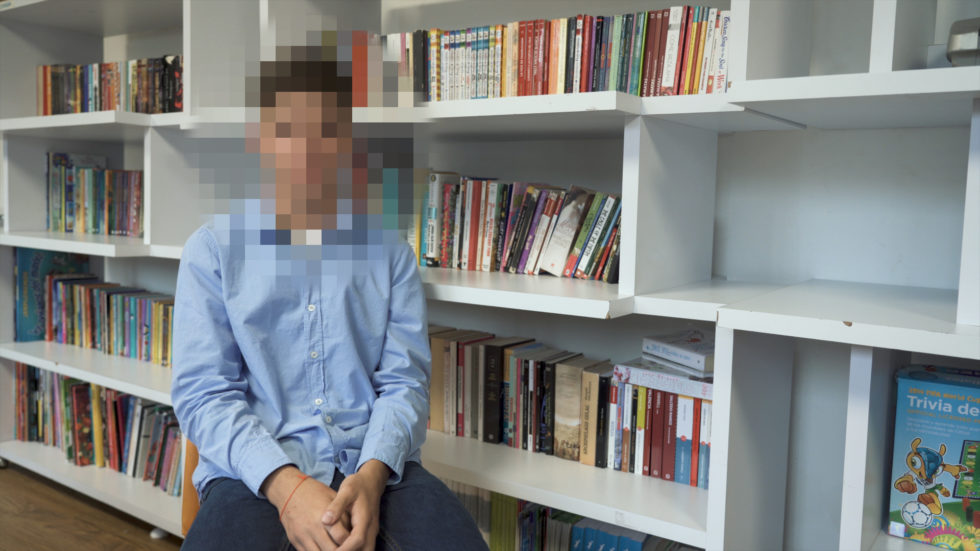
Julian says “us” in reference to his younger sister, who will also go home with him to the U.S. She seems a bit tomboyish, a bit tough and cool and less expressive than her brother. She also thought it was a lie — a joke — when she found out that a family wanted to adopt her and her brother.
“We were surprised,” she says. “It was a mixed feeling of joy and sadness at the same time.”
This is a sentiment echoed by several of the kids we interview. They are excited to have a family, and they know what that means for them. But they also have a whole life that they will leave behind in Colombia. They have friends and foster parents or caregivers, and a culture and language and way of life that they’ve grown accustomed to. They are sad to say goodbye.
“Before, I didn’t have a family that was close. I didn’t have affection. Now, I have a close family and I can go anywhere with them. And we will be close and they will have affection for us and they will love us.”
Julian, age 14
From the time they are 8, they also have a say in whether or not they will be adopted. Some kids fear going home to a family after they have been mistreated by a family in countless ways, Kim says. Holt’s in-country partner staff will talk with every child about what it means to be adopted. They go through trauma counseling and the local government explores every possibility of keeping them with their birth family in Colombia before proposing international adoption. But once they get to the point of adoption eligibility, they can choose. And every child at Casa Imagina has chosen to be adopted.
After all these kids have endured in their own lives and families, they still want a family. But there’s one attribute that both Ana Maria and Kim emphasize time and time again — resiliency. Even at 14, these kids are still malleable and open. They still have hope and joy alive inside them.
“When I sit with a child and I know their story, that’s what hits me the most — how resilient they are,” says Ana Maria, who raised her daughter during the war in Colombia. “Because I lived that. I know there will be struggles. But when I look into their faces, I wonder, ‘How can a child have these happy eyes after all they’ve been through? It’s a joy in their soul.’”
An attorney by profession, Ana Maria has over the past 20 years completed the legal process for hundreds of Colombian children to join permanent, loving families through adoption. She has seen what can happen when a child — of any age — has a family.
“When a child has a family,” she says, “nothing replaces that look in their eyes. It’s like, ‘Wow, I know they’re going to be fine.’”
Both Ana Maria and Kim stress that it also takes a resilient, open-hearted and open-minded parent or parents to adopt older children — children who have all experienced some kind of trauma in their lives, at the very least of which is the loss of their family and caregivers. Parents need to be open to learning trauma-informed parenting strategies, and the importance of building trust. They need to look at the reason behind their child’s behaviors, and like all adoptive parents, be willing to do the extra work needed and to know it will take time to build a strong attachment.
“[They need] to be able to give love to an older child and connect to his personality, with his dreams and his plans,” Ana Maria says, “and be able to understand that above everything else … love can be dangerous. And for those reasons, their behaviors that we don’t like are usually caused by fear.”
Parents should “also allow themselves to be surprised by the capacity of learning and resiliency these kids have,” she adds.
When we ask the kids at Casa Imagina what they would like to tell people who are considering adopting an older child, their resilience comes through in their responses — each in their own unique, insightful way.
“We all deserve a chance,” Julian says, most succinctly. “We need strength so that we can be strong.”
“That this act of love can change the lives of so many children that need someone who will be there for them,” says a young woman, also 14, with a dimpled smile.
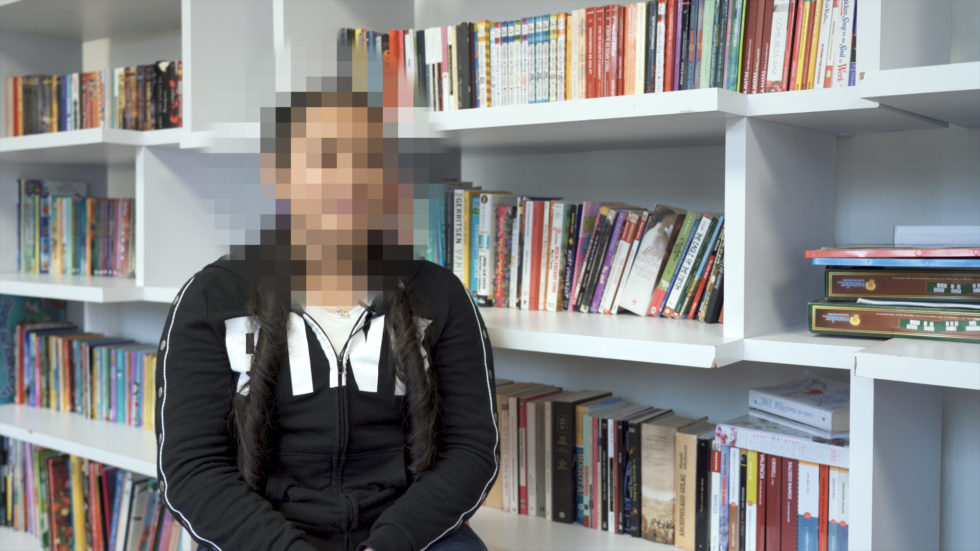
“I wish for example children with cancer, that they will be able to help them,” says a 12-year-old girl, shy and quick in her answers. “And the children that are in the streets, that they will have a home. And that’s it.”
Lastly, Lina tells us what she would like to say to families who are thinking about adopting an older child — a child like her.
“I want to tell these families that I have known many children who want to have a family. And if they are thinking about adopting, do it,” she says. “Because they are going to give an opportunity to a child. And if the family wants to love the child, the child will want to love the family.”
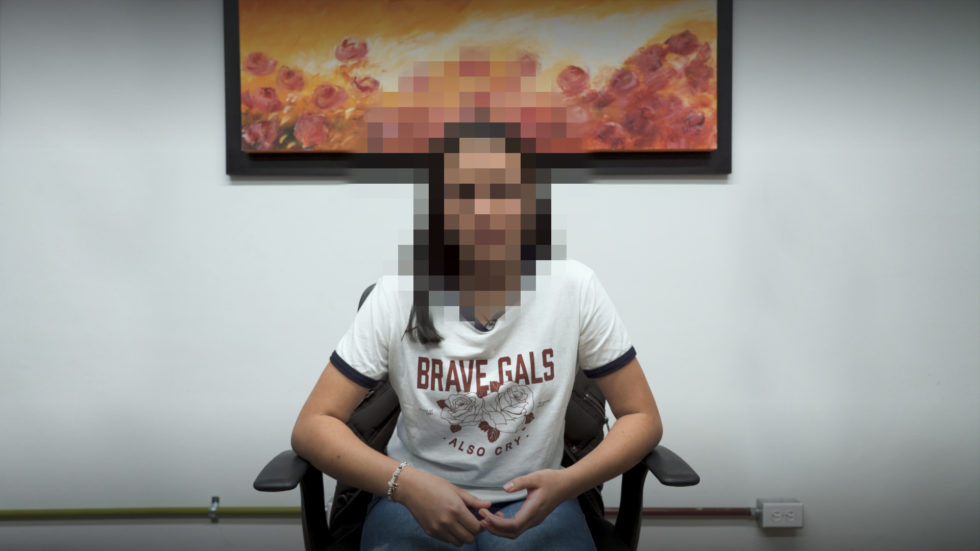
Just before we leave, Lina comes over to give me a warm hug goodbye. She will soon be someone’s daughter, someone who will love her forever, and I think how lucky they will be.
Since we visited Casa Imagina, many of the kids we met have gone home to their families in the U.S. Lina went home to her family in Oklahoma in April, and Julian and his sister went home in July.
*all children’s names have been changed and faces blurred to protect their identities
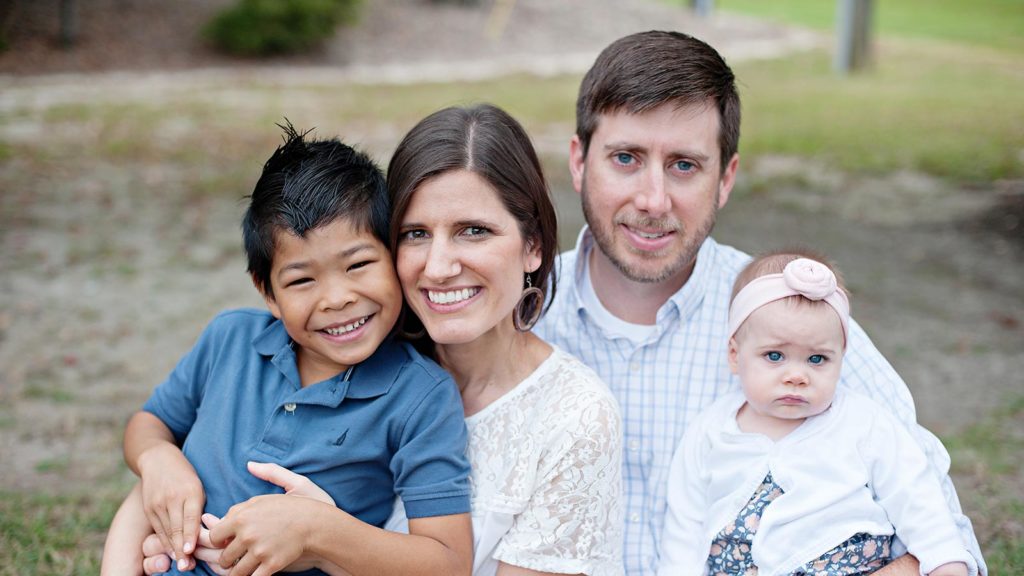
Older children are waiting for families!
Many children wait longer for a family simply because they are older in age. Could you be the right family to adopt an older child? Meet some of the children who are waiting!
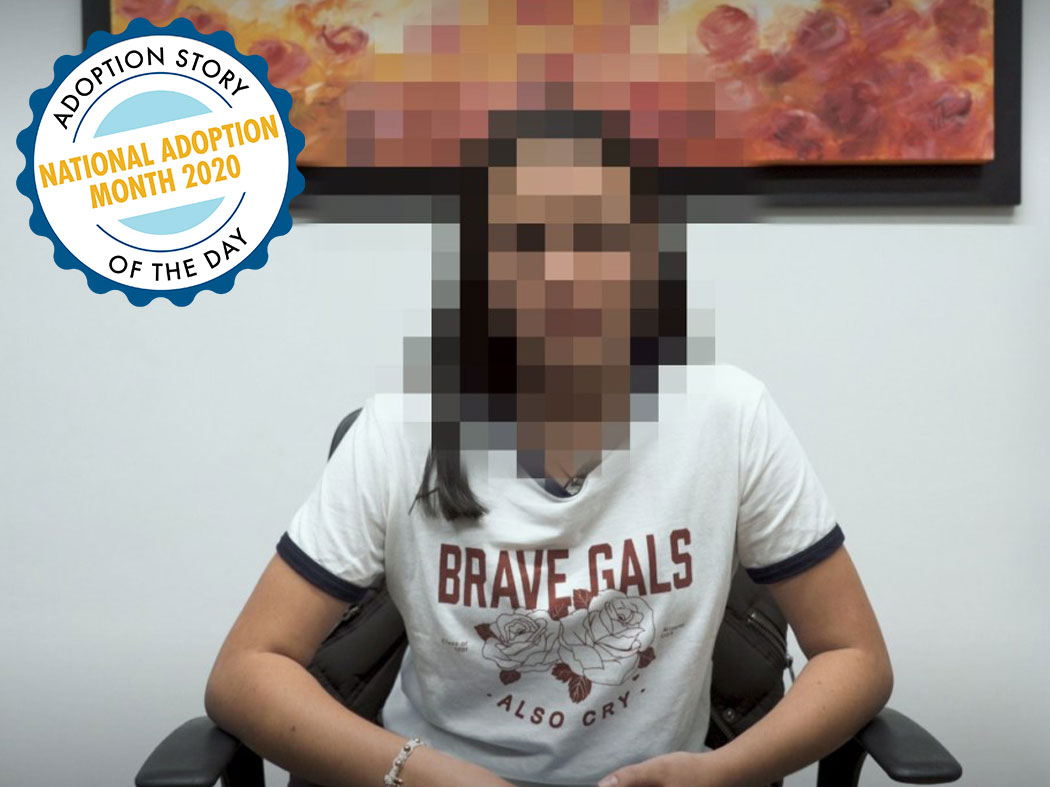
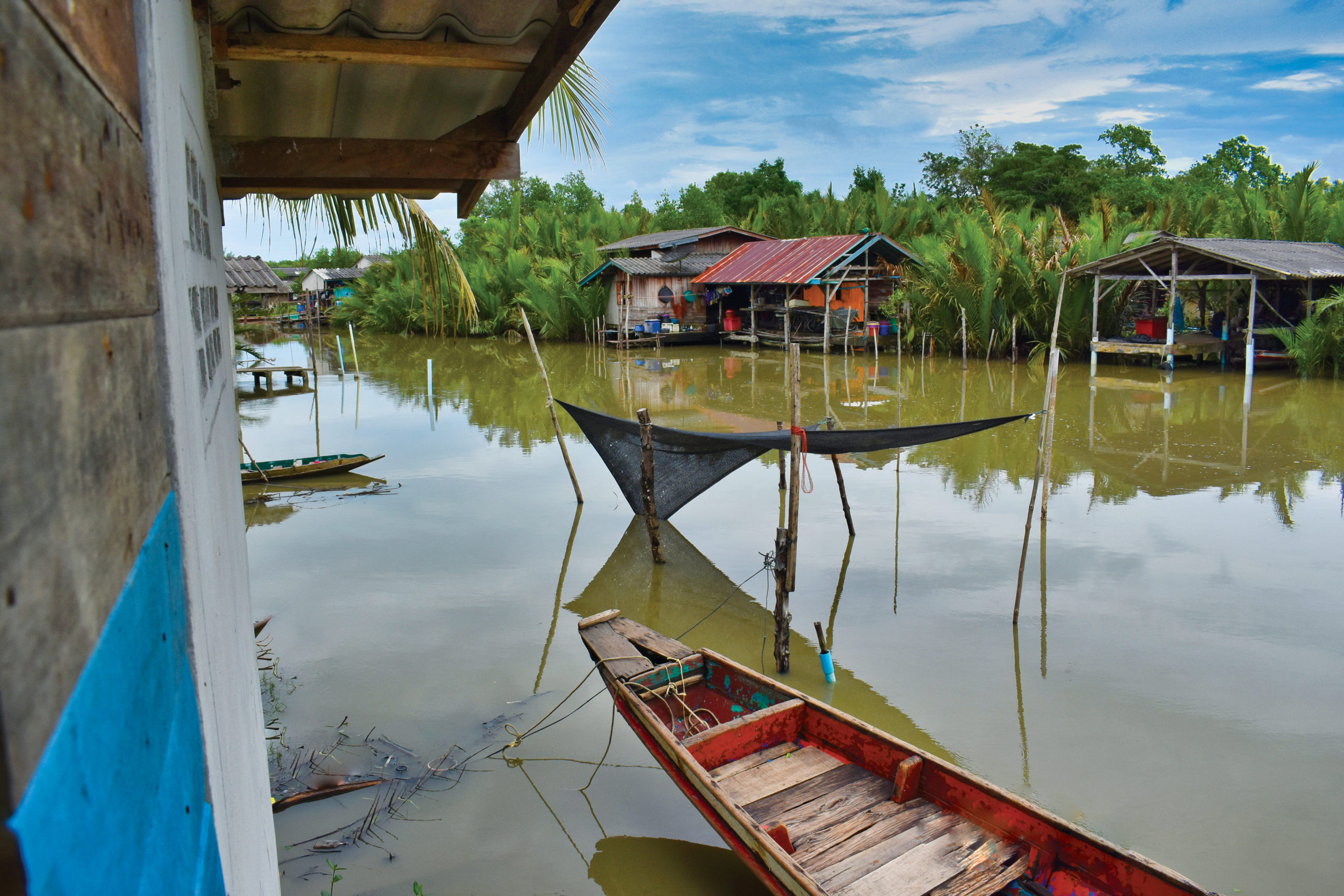
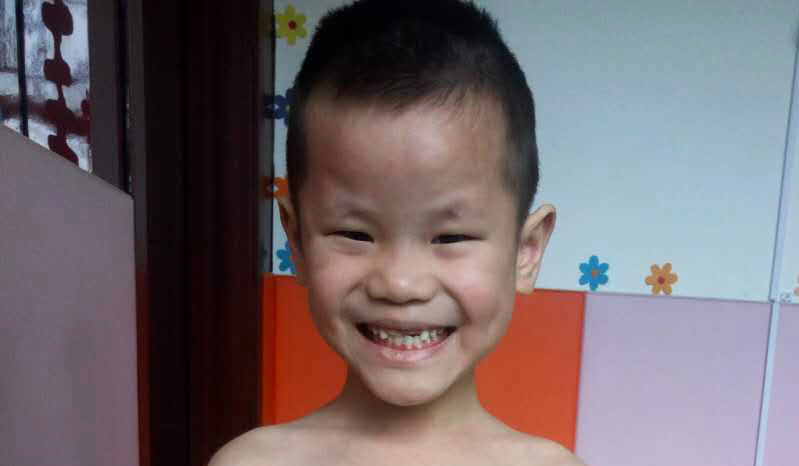
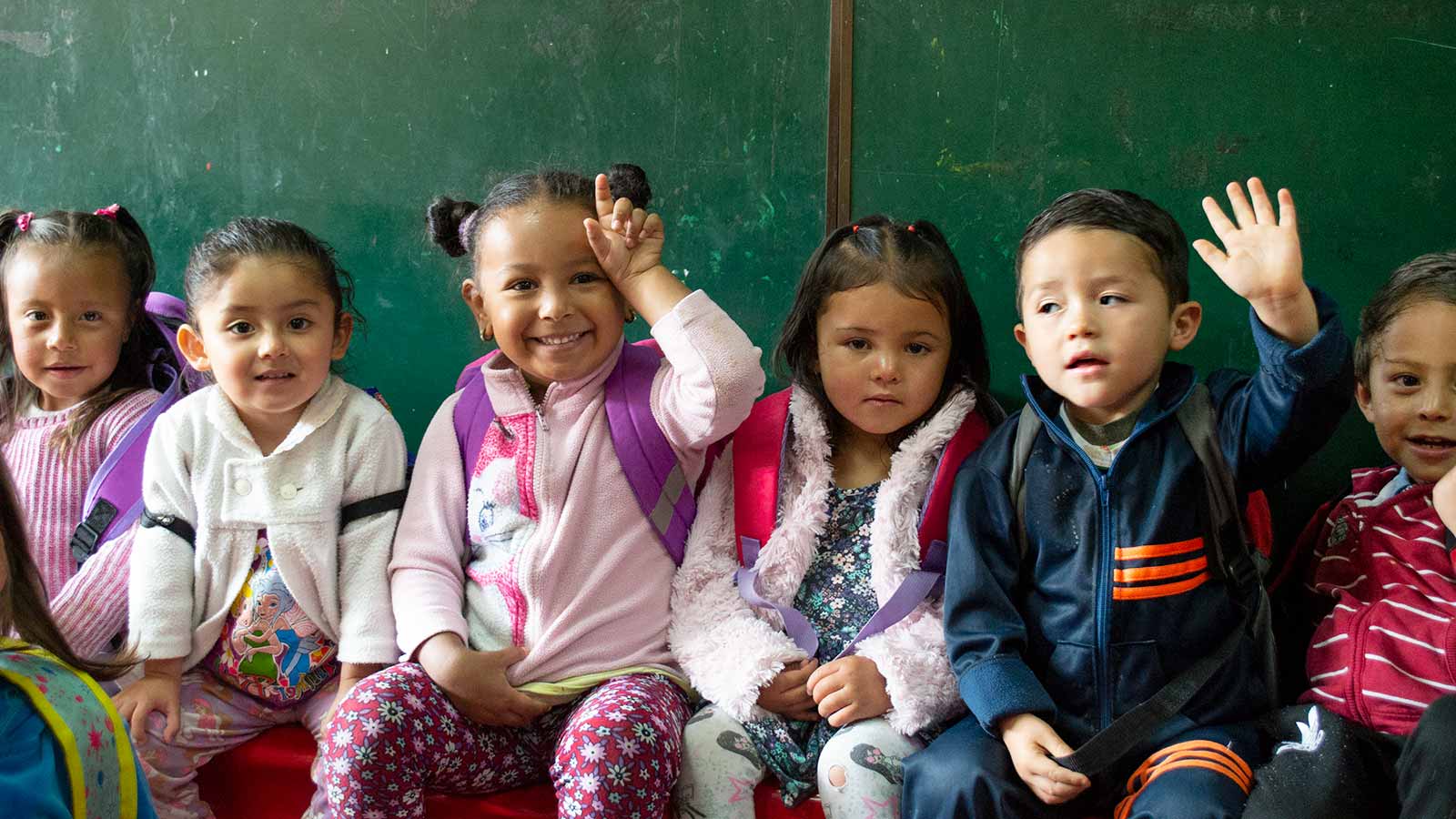
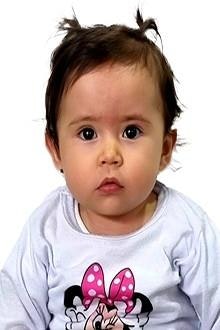
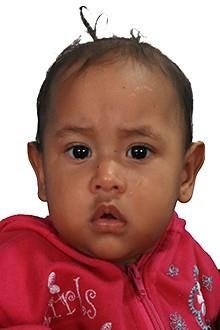
Every child Deserves a Home and to be Loved.
We adopted 2 children from Korea= They gave us so much more than we could have ever imagined. Open your Heart and home.
to Love and Happiness. You will never regret it.
Pat Novak